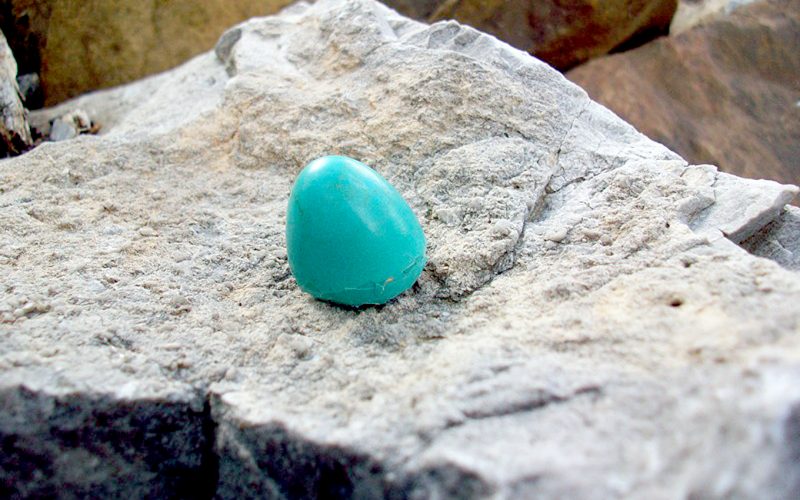
Staff Photo Amanda Bancroft
It’s possible to find robin’s eggs and egg shells (pictured here) even as late as early fall, since the American Robin has multiple broods each year.
We typically think of eggs around springtime and Easter, and most people promptly forget about them when summer fun arrives. By the time school starts, pumpkins, hiking, and colorful leaves are taking center stage in our minds (if any brain space is given to nature at all, after it’s wrestled from the entangled thoughts of work and home).
Some bird species actually specialize in late nesting. It’s an adaptation to ensure their young are born when there is ample food available, and that they produce as many offspring as possible each year, since most will not survive their first winter. Not every species’ food is most available in early spring. Seed- and berry-eaters often delay their nesting until plants go to seed and fruits ripen.
Many well-known species fall into this category, even though they might begin nesting early in spring. Mourning Doves nest through early fall. American Goldfinches start nesting anytime through June to September. Cardinals might still be laying eggs in August. American Robins have several broods each year, so you might see the babies through the end of summer.
Perhaps the American Goldfinches are the latest of late nesters (although this varies by region). They typically only feed their young seeds that are available from June through early autumn, and line their nest with the fluffy down of milkweed plants or thistle. Surprisingly, they get a head start by being so late: there is plenty of this sort of nesting material and food available to the goldfinches, while it’s dwindling in supply for other birds. One example is the sunflower, a classic symbol of autumn which almost seems like the bright yellow goldfinch’s mascot plant, color coordinated for added beauty. Families of goldfinches feed their fledglings seeds from sunflowers, and sometimes you can catch a whole family group of them in your garden!
Mourning Doves have big families – as many as six broods in one year – so by extending their nesting season into fall, they get more time for parenting. Their unique cooing calls and whistling wing beats add something special to the backyard symphony.
Attracting late-season nesters in early fall is similar to attracting wildlife throughout the year. They will always need cover to hide from predators, and a source of water like a birdbath. Late nesters appreciate having food sources in your backyard, too, but this isn’t always your birdfeeder. Many of them feed their babies caterpillars, other insects, and berries from native shrubs. By planting caterpillar host plants, you’ll be helping the butterflies but also the birds that feed caterpillars to their young at this time of year.
To learn more fascinating facts about birds, visit the Cornell Lab of Ornithology’s AllAboutBirds.org to get lost in all things ornithology, and enjoy remarkable photos, online games, courses, videos and more!
Amanda Bancroft is a writer, artist, and naturalist building an off-grid cottage for land conservation on Mt. Kessler. She and her husband Ryan blog about their adventures and offer a solar-hosted online educational center on how to make a difference with everyday choices at: www.RipplesBlog.org.










